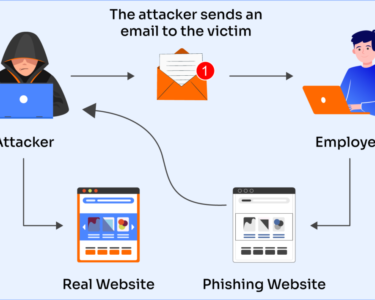Securing Digital Transformation Initiatives
In the era of rapid digitalization, organizations are embracing digital transformation initiatives to enhance efficiency, innovation, and customer experience. However, these initiatives often introduce new security risks that need to be addressed to ensure the protection of sensitive data and assets. Here are some key strategies for securing digital transformation initiatives:
1. Risk Assessment and Management:
- Conduct thorough risk assessments to identify potential threats and vulnerabilities associated with the new technologies and processes.
- Develop a comprehensive security strategy that outlines how to mitigate these risks and protect crucial assets.
- Establish a robust governance framework to oversee risk management and ensure compliance with security regulations.
2. Identity and Access Management:
- Implement robust identity and access management (IAM) solutions to control user access to sensitive systems and data.
- Use multi-factor authentication (MFA) to enhance security and prevent unauthorized access.
- Enforce the principle of least privilege, granting only the essential permissions to users.
3. Data Security:
- Encrypt data both at rest and in transit to protect against unauthorized access and breaches.
- Implement data masking and tokenization techniques to anonymize sensitive information.
- Establish data loss prevention (DLP) policies to prevent sensitive data from being leaked or exfiltrated.
4. Cloud Security:
- If leveraging cloud services, ensure adherence to industry-standard security best practices and compliance certifications.
- Implement cloud access security brokers (CASBs) to monitor and control access to cloud resources.
- Establish clear roles and responsibilities for cloud security management.
5. Application Security:
- Perform thorough security audits of all applications to identify and address vulnerabilities.
- Use secure coding practices and implement penetration testing to prevent malicious attacks.
- Patch and update applications regularly to mitigate known vulnerabilities.
6. Network Security:
- Implement firewalls, intrusion prevention systems (IPS), and virtual private networks (VPNs) to protect against external threats.
- Monitor network traffic for suspicious activity and implement security analytics tools for threat detection.
- Segment networks to limit the impact of breaches and contain potential damage.
7. Incident Response:
- Establish a comprehensive incident response plan that outlines steps to take in the event of a security breach.
- Train personnel on incident response best practices and ensure regular testing of the response plan.
- Collaborate with law enforcement and cybersecurity professionals as necessary.
8. Employee Education and Awareness:
- Train employees on cybersecurity best practices, such as password management and phishing awareness.
- Promote a culture of security awareness and encourage employees to report any suspicious activity promptly.
- Conduct regular security awareness campaigns to keep employees informed of emerging threats and mitigation strategies.
9. Continuous Monitoring and Improvement:
- Implement security monitoring tools to detect suspicious activity and identify potential threats.
- Regularly review and update security measures based on evolving threats and vulnerabilities.
- Seek feedback from stakeholders and conduct security audits to ensure ongoing effectiveness.
By implementing these strategies, organizations can secure their digital transformation initiatives and protect their critical assets from cyber threats. Remember that security is an ongoing process that requires continuous vigilance and adaptation to the evolving threat landscape.



